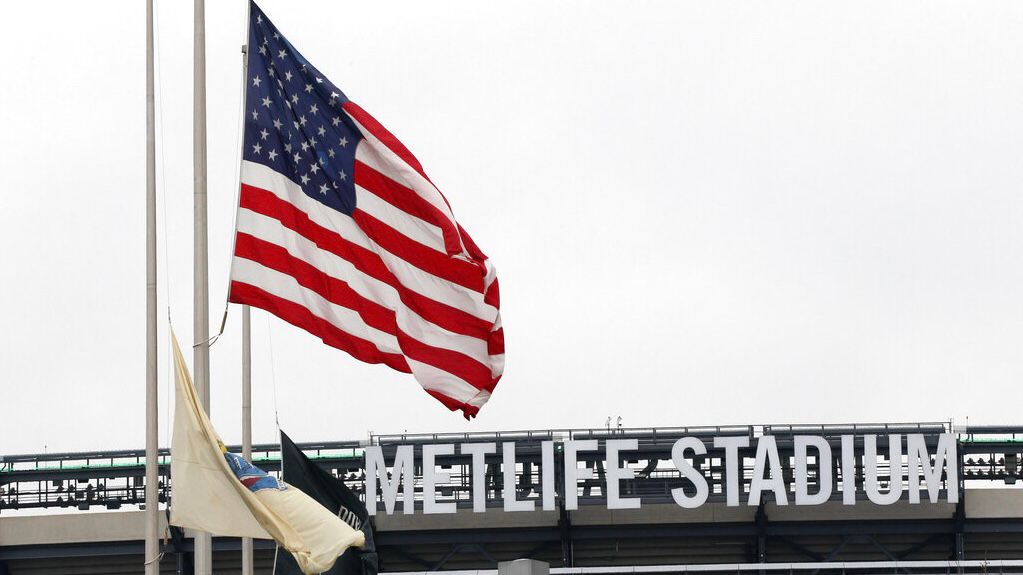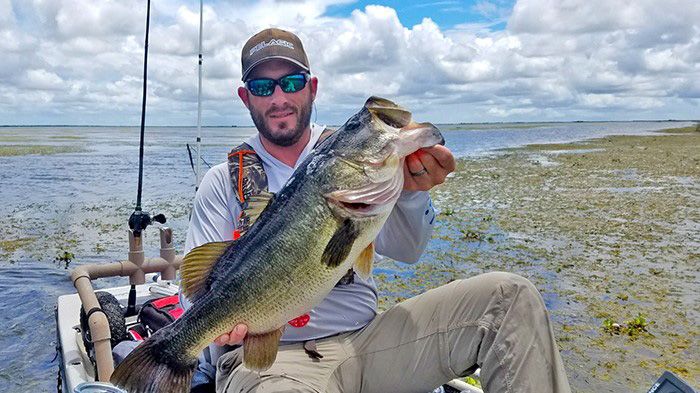WILMINGTON, N.C. — Anglers up and down the coast made their way to Raleigh to demand in-shore waters be protected from overfishing. The demonstration in front of the state’s Department of Environmental Quality building highlights a longstanding dispute between recreational and commercial fishers.
Currently commercial fishers are allocated 70% of the flounder harvest while recreational fishers are allocated 30%
That decision was made by North Carolina’s Division of Marine Fisheries after research showed that the southern flounder population had been decreasing
Recreational fishers say that commercial fishers are using unsustainable fishing methods and are not only continuing to cause a decrease in the southern flounder population but other fish populations as well
Captain Allen Cain is an experienced angler who guides fishing trips along North Carolina’s coast. Since he started fishing in North Carolina just under 15 years ago, he’s noticed a growing problem.
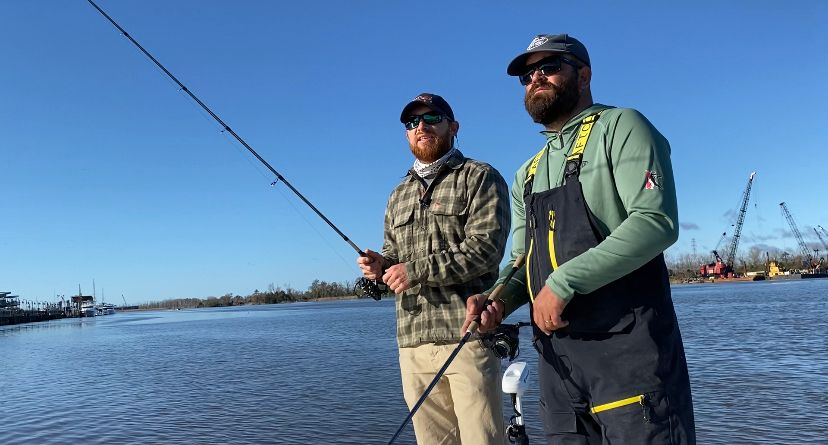
“In most of the areas I fish, I mean you notice year to year there will be a slight decline in the amount of flounder you see or catch,” Cain said. “But the most frustrating part is being on the water daily and seeing the gill nets in areas that block off the shoreline, so you’ll have guys hundreds of yards of net down a bank, and it blocks any recreational fisherman that swims into that area because it catches any fish that swims into that net.”
Those gill nets can be incredibly hurtful to the fisheries. In fact, they’ve been banned in every other state besides North Carolina.
“The way a gill net works, when a fish swims into it, they can only go so far, it gets caught around their back, and they can’t back up, and it wraps around their gill plates, and they get locked in,” Cain said. “And then they’re gonna thrash and turn around, and as they get entangled in that most fish are gonna die.”
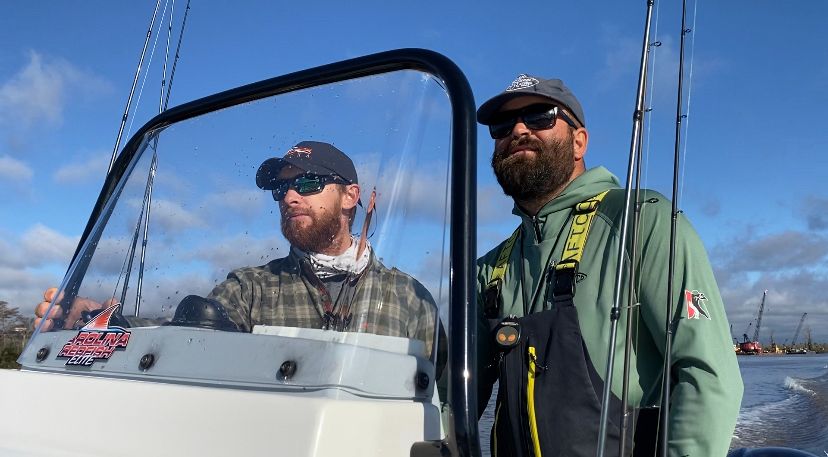
Those nets are cast over a wide area and whatever is in their path is likely to get caught. That’s not limited to flounder — Cain has seen alligators, sea turtles, sea birds and many different species of fish that have either gotten scratched, injured or died from getting caught in the net.
It’s not just Cain who has seen that damage. Captain Judson Brock, who has spent his whole life fishing in North Carolina, now worries for the future of the waters he knows and loves.
“I have a 2-year-old son whose favorite toy in the whole world is a fishing rod and another son on the way, and I’m just scared that when he’s even a teenager that there’s not gonna be any fish out there for him to target,” Brock said. “I don’t think we’re not gonna have any fish in the water, but it’s just getting harder and harder to catch these fish.”
Now, the Marine Fisheries Commission under the Division of Marine Fisheries allocated the flounder harvest to help combat the southern flounder population loss. Commercial fishers will now take 70% of the harvest, while recreational fishers will take 30%.
That split is expected to increase to 60/40 in 2025 and to 50/50 in 2026.
“A change in the way a fishery is allocated does not impact whether the fishery is sustainable,” said Patricia Smith, the communications director for the Division of Marine Fisheries, in a statement to Spectrum News 1. “It shifts who removes the fish from the population, not the amount of fish removed from the population.”
In short, the DMF believes that regardless of if the fish is caught by a commercial fisher or a recreational fisher, the impact on that fish’s population is still the same.
However, recreational fishers says it’s about more than just the harvest. While the decision to allocate the harvest was made to help stop overfishing, recreational fishers say that commercial fishers’ use of unsustainable and dangerous gear, such as gill nets, is still damaging the population.
Ultimately, what all parties in the argument can agree on is that they all want to see the fisheries thriving.
“The Division of Marine Fisheries is dedicated to ensuring sustainable marine and estuarine fisheries through science-based stewardship,” Smith said. “This is our charge as a state agency, and it is a responsibility that we take very seriously.”
However, allocation aside, recreational fishers have plenty of arguments against the southern flounder management plan, including a decline in the economic benefits that recreation fishing brings to the state through renting a charter, a guide, equipment, etc., as well as the fact that there is a very small number of commercial fishers compared with the amount of recreational fishers.
After Thursday’s protest, Cain and Brock are hopeful that their voices will be heard after so many years of being left on the hook.
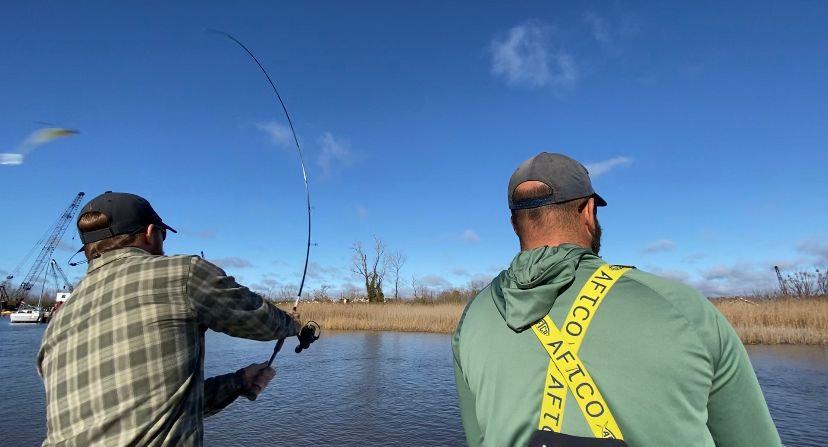
“Any way that I can get the voice of the fish out to the people is something that I’m gonna do my best to do,” Brock said.
“I would also like to see the state take into consideration our public comments, our cry for help for the fisheries,” Brock said. “At the end of the day it’s really not about the money for me, it’s about having a fishery that is able to sustain itself year after year and people are able to catch these fish and enjoy being outdoors.”
You can learn more about the Division of Marine Fisherie’s southern flounder management here.








